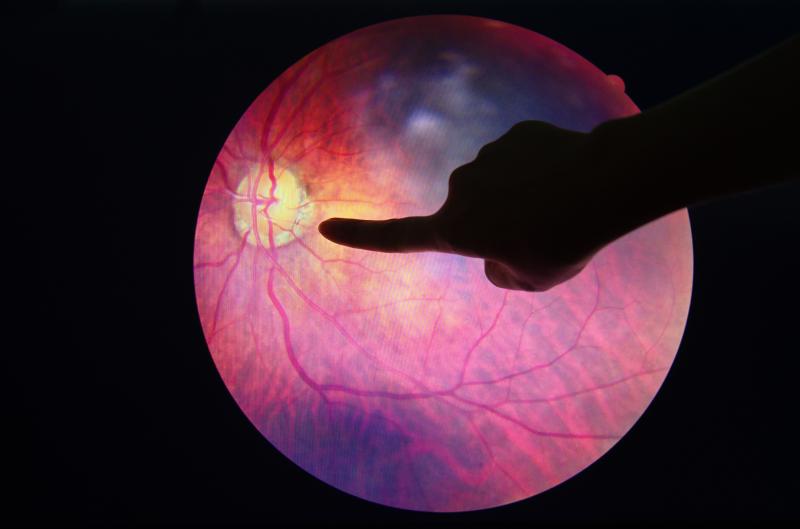
Refractive and visual outcomes, as well as neurodevelopmental outcomes, are similar at mean age of 1.5 years between children with prior history of intravitreal bevacizumab injection (IVB) and premature patients with retinopathy of prematurity (ROP) without treatment, as shown in a study.
However, a possibility exists that a small but clinically significant difference may not have been detected in this study, according to the authors.
This prospective case-control study enrolled three groups of premature patients: children who had no history of ROP (group 0), children with history of ROP without treatment (group 1) and children with ROP who had received a single IVB (0.625 mg; group 2).
Ocular development assessment, including cycloplegic refractometry, axial length, Cardiff acuity, and neurodevelopmental assessment via the Bayley Scales of Infant and Toddler Development, Third Edition were conducted at age 1 to 3 years and compared between groups.
Overall, 148 patients (85 boys and 63 girls; mean age at assessment, 1.49±0.59 years) were included. Gestational age (GA), birth weight and Apgar scores were significantly higher in group 0 patients compared with those in groups 1 and 2.
No significant differences were seen between groups 1 and 2 in terms of demographics or systemic risk factors, except for lower GA in group 2. Patients in groups 1 and 2 had significantly larger cylindrical power than those in group 0.
Group 2 had significantly more myopic spherical equivalent and significantly poorer Cardiff acuity as compared with group 0. Refractive status, axial length or Cardiff acuity were not significantly different between groups 1 and 2.
After adjusting for GA and other systemic risk factors, no significant difference was found in any aspect of neurodevelopment assessment among the three groups. There was also no significant difference in the risks for poor neurodevelopmental outcomes.